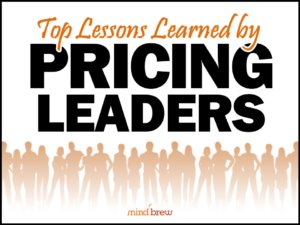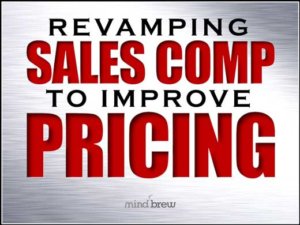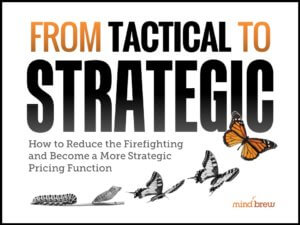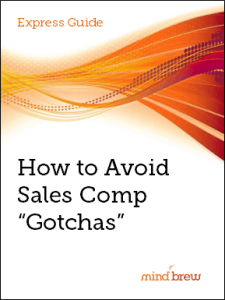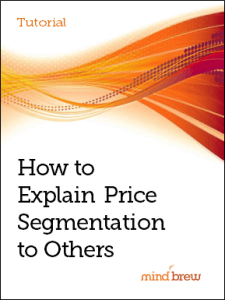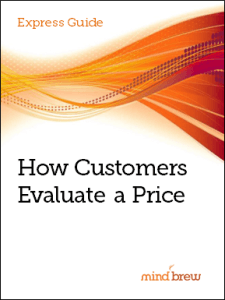Over the last few years, I’ve noticed a disturbing new paradigm that seems to be gaining a bit of traction in the business community…
In this new paradigm, any amount of conflict, discord, dissent, and disagreement is deemed to be “unhealthy” and “corrosive” to the organization. The idea seems to be that “conflict is bad”. And therefore, conflict must be eradicated “in the interest of harmony”. Because harmony is…of course…the “ideal state we should be striving to achieve in our businesses”.
If you haven’t detected the seething sarcasm already, let me tell you what I really think…
This perspective is patently ridiculous and wholly antithetical to business improvement, growth, and progress. I can only assume that these destructive notions are being pushed in large part by well-meaning-yet-woefully-ignorant HR departments that have simply been given way too much rope. And I can only hope that they’ll be reined in before too much damage has been done.
In the The Top “Lessons Learned” by Pricing Leaders webinar, one of the ten major lessons we share is crystal clear on the issue:
“Making meaningful progress in pricing will always generate some level of conflict.”
Trying to command and capture a price in the marketplace is…by the very nature of the act itself…brimming with conflict. After all, the customer wants to pay the lowest price possible, right? And presumably, you want to capture the highest price possible. So that necessarily creates a major conflict, doesn’t it?
And I would argue that it’s a very healthy conflict…
Just imagine a conflict-free scenario where no customer ever complains about your prices, asks for a discount, or demands a concession. Imagine a conflict-free situation where your sales reps are perfectly content and never utter a gripe in the break room about the prices you expect them offer and capture.
What would that actually mean? Not in the mythical land of “harmony”, but in the real world?
Of course, it would mean that your prices are likely too low and you’re probably leaving a ton on money on the table! And that is a decidedly unhealthy outcome for you, your company, and in the long run, even your customers.
Most of the lessons we cover in the Top Lessons Learned webinar imply some degree of conflict…because they’re all about changing the status quo.
The reality is that people simply don’t like change. Doing things differently, or doing different things, makes people uncomfortable. Even if it’s a change for the better, they’ll fight it because it’s not what they’re used to. Even if it makes all the sense in the world, they’ll argue against it just because it’s different.
So when you introduce any sort of move away from the comfort of the status quo, you’re going to create some conflict.
And since the alternative is to stay put, never change, never progress, and never grow beyond where you are right now, it’s impossible for me to see how this sort of conflict can be anything but healthy, productive, and absolutely necessary.
That’s it for now…I’m late for an HR meeting 🙂

